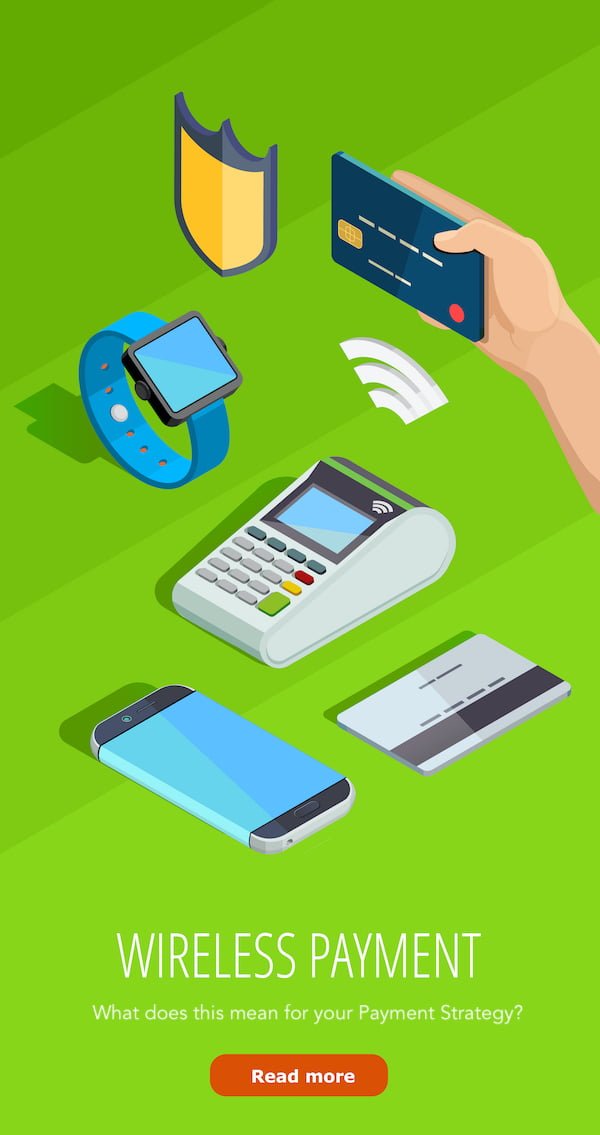Please complete the following evaluation assessment of the Blockchain in Banking Masterclass. This assessment consists of 25 questions. You have three (3) chances to take the test and are required to attain a score of 70% or higher to complete the requirements for the Blockchain in Banking Masterclass course.
HINT: You may get different questions each time you do the test, and the correct answers are shown after each question, to help you.
Good Luck!
_________________________________________________________________________





